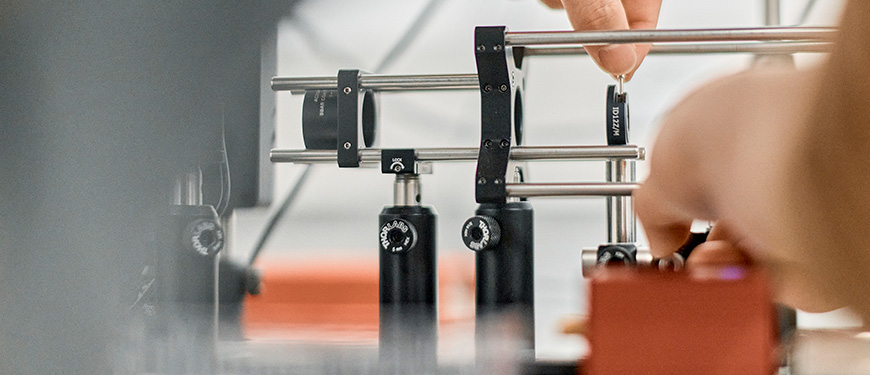Introduction
Surface waves attracted the attention of scientists already 100 years ago when researching wireless telegraphy and thereby looking into the radiation propagation along conducting surfaces.
Those fields were also found to be at the heart of the enormous enhancement in the Raman spectra, which today allows researchers to resolve the chemical structure of materials even at the scale of single molecules (Sensors and Microfluidics). In photonics, however, SP modes were seen more as a nuisance because their propagation length is rather short (tens to hundreds of microns) due to energy loss by absorption into the metal.
Great potential
Rapid technological developments and the demonstration of novel SP-induced phenomena during the last 10 years have changed that perception and, e.g., the absorption can lead to improved Energy efficiency in thermophotovoltaics. In particular, modern nanofabrication and characterization techniques have made it possible to structure metal surfaces, so as to control the flow of SPs, and to map out features of that flow with unprecedented detail.
Researchers soon realized that SP-based waveguides could transport the same huge bandwidth of information as in conventional photonics and yet not be limited by diffraction to submicron cross sections (Nano photonics). In the effort to achieve that tantalizing vision and combine the compactness of an electronic circuit with the bandwidth of a photonic network, tackling the inevitable propagation losses became a pressing issue for practical devices and circuits.
Ultimately, practical photonic circuits and Plasmonic nanodevices might use a combination of plasmonic and dielectric components, taking advantage of the best performance available.
Learn more from our review lectures on Nanoplasmonics and Plasmonic metasurfaces.
Research areas
-
Sensors and Microfluidics
Based on plasmonic metasurfaces, we design and realize nanometer-thin optical components with novel functionalites.
-
Energy efficiency
At SDU Nano Optics, our principal research direction is concerned with the development of plasmonic waveguides and waveguide components that would allow one to drastically scale down photonic circuitry and decrease energy consumption in active components.
-
Nano photonics
Plasmon-based nanophotonics is the study of the interaction of nanometer-scale metallic objects with light.
-
Plasmonic nanodevices
Plasmonic nanodevices exploit the interaction between optics and electronics at the nanoscale.
